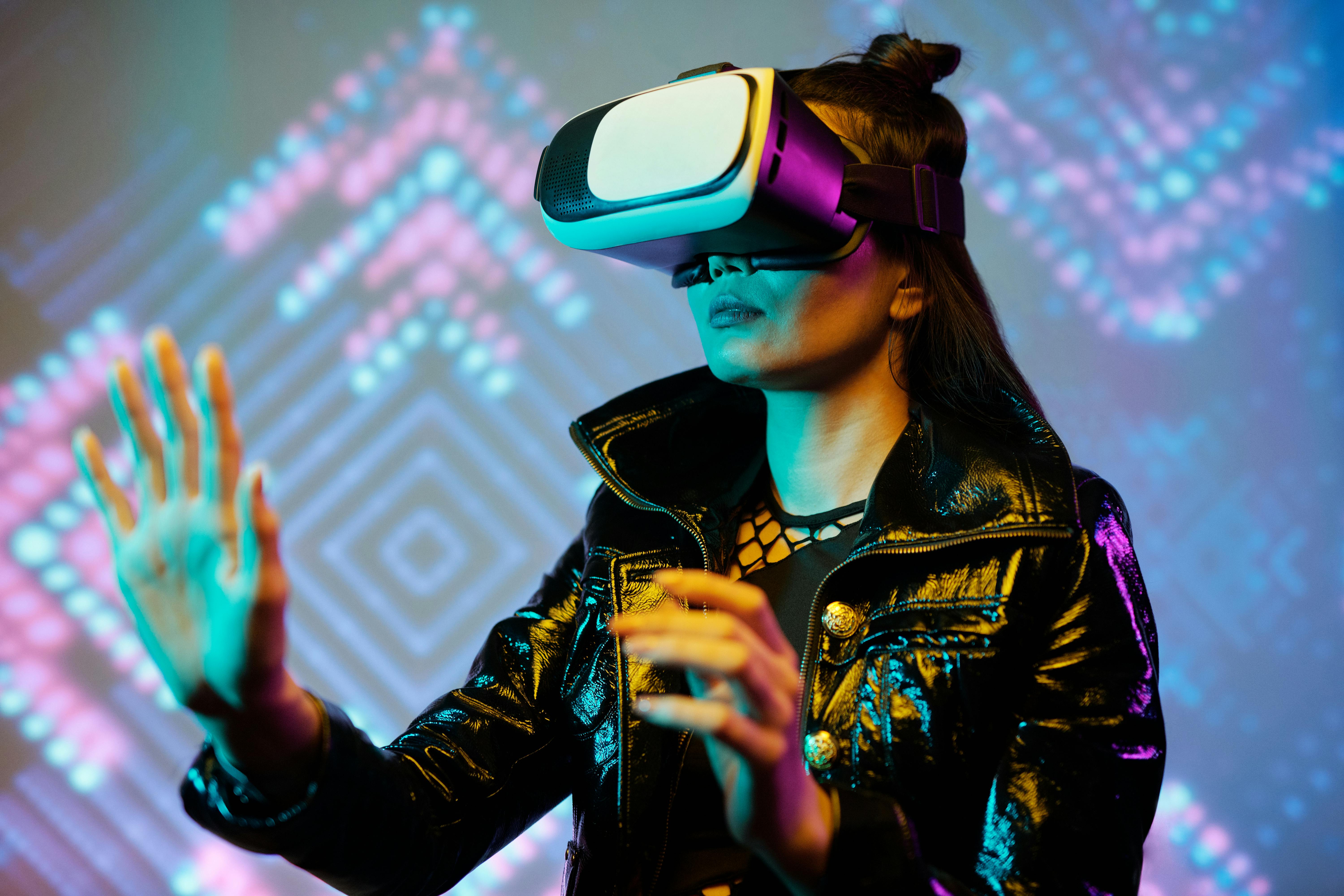Unveiling the Intricate World of Augmented Reality in Modern Art
Introduction: Emerging at the intersection of innovation and creativity, Augmented Reality (AR) is revolutionizing the landscape of modern art. By bridging the physical and virtual realms, AR offers immersive experiences that challenge traditional artistic boundaries. This article will delve into the evolution of AR in art and its profound impact on artists, audiences, and the art world at large.

A New Dimension in Art
The genesis of augmented reality in art can be traced back to the late 20th century, with artists beginning to experiment with digital technologies. However, it was only with the advent of smartphones and the proliferation of AR apps that this art form truly began to take off. Unlike its counterpart, virtual reality, which immerses users in a completely digital environment, AR overlays digital elements onto the real world, creating a blended experience.
The Current Scene
Lately, AR has been making waves in the art world, with major galleries and museums incorporating it into their exhibits. Renowned institutions like the Museum of Modern Art in New York and the Tate Modern in London have utilized AR to enhance visitor experiences, offering interactive tours and exhibits. Meanwhile, artists are using AR to create innovative works that push the boundaries of traditional art, enabling audiences to interact with art in unprecedented ways.
AR’s Impact and Significance
AR is transforming the way we perceive and experience art. It breaks down barriers, making art more accessible to a wider audience. With AR, art experiences are no longer confined to galleries or museums; they can be enjoyed anywhere, at any time. Moreover, AR offers artists a new medium to express their creativity, allowing them to create complex, multi-layered works that engage audiences on a deeper level.
Reception of AR in Art
The reception of AR in art has been largely positive, with critics lauding its ability to democratize art and enhance viewer engagement. However, it hasn’t been without its detractors, with some arguing that AR could dilute the purity of traditional art forms. Despite the debate, it’s undeniable that AR is carving out a place for itself in the art world.
The Future of AR in Art
As technology continues to evolve, so too will AR’s role in art. Experts predict that AR could become a mainstream art form in the future, with more artists adopting this technology to create immersive and interactive art experiences. Furthermore, as AR technology becomes more advanced and accessible, we can expect to see even more innovative and boundary-pushing works of art.
In conclusion, augmented reality is a game-changer in the world of art. By merging the digital and physical realms, it offers a fresh and unique perspective, opening up new possibilities for artistic expression and engagement. As we continue to navigate this exciting new frontier, one thing is clear: AR is reshaping our understanding of what art can be, and its impact will be felt for years to come.




